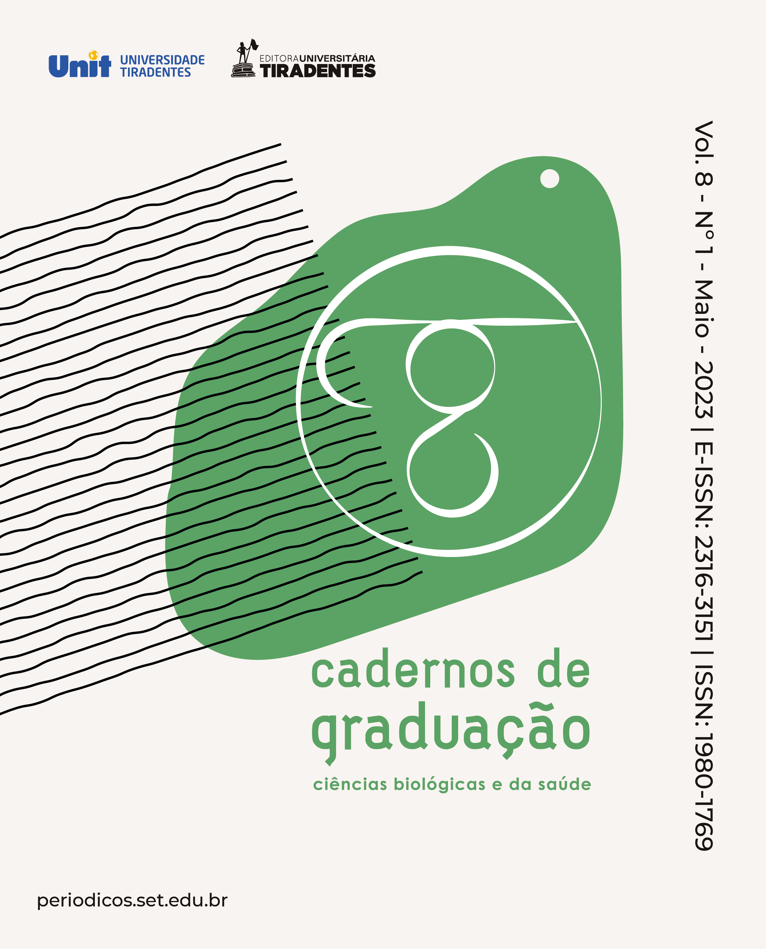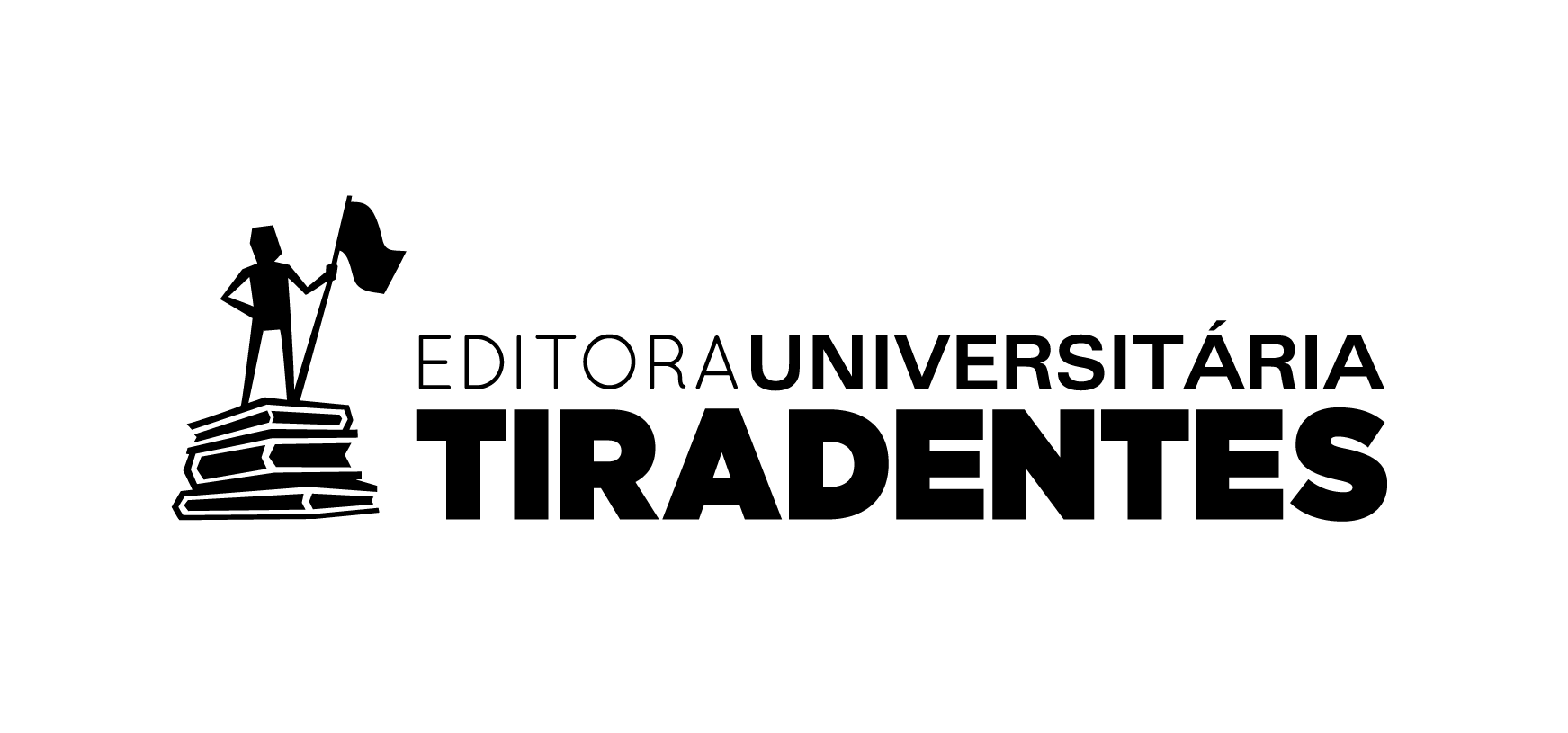SEGURANÇA E EFICÁCIA DOS MEDICAMENTOS METILFENIDATO E LISDEXANFETAMINA NO TRATAMENTO DO TRANSTORNO DO DÉFICIT DE ATENÇÃO E HIPERATIVIDADE: UMA REVISÃO
Published
Downloads
Downloads
Issue
Section
License
Oferece acesso livre e imediato ao seu conteúdo, seguindo o princípio de que disponibilizar gratuitamente o conhecimento científico contribui para a democratização do saber. Assume-se que, ao submeter os originais os autores cedem os direitos de publicação para a revista. O autor(a) reconhece esta como detentor(a) do direito autoral e ele autoriza seu livre uso pelos leitores, podendo ser, além de lido, baixado, copiado, distribuído e impresso, desde quando citada a fonte.
Abstract
Attention Deficit Hyperactivity Disorder (ADHD) is characterized as a neurobiological disorder, with a classic combination of persistent symptoms of inattention, hyperactivity/impulsivity in varying degrees. Currently, methylphenidate or lisdexamfetamine are used to improve the symptoms of the disorder. The present study aimed to carry out a survey in the literature on the chemical and pharmacological properties of the previously mentioned drugs, evaluating their risks and effectiveness in the treatment of ADHD. This is a bibliographic review, of a descriptive and documental nature, based on a database, ScienceDirect, Scielo and Google Scholar, including 30 articles in Portuguese or English, published between 2014 and 2022, based on the descriptors according to o DeCS: Methylphenidate, Lisdexamfetamine, Attention Deficit Hyperactivity Disorder, Health Risk and Pharmacotherapy. The results indicate that both drugs are effective and safe. Despite having some side effects, these effects can be quite tolerable. In studies on methylphenidate it was able to show a reduction in symptoms of ADHD, psychosis, suicidal ideation and a low cardiovascular increase. In studies on lisdexamfetamine, the drug proved to be a valuable therapeutic agent and superior to methylphenidate, not presenting relevant safety problems. It is therefore concluded that both methylphenidate and lisdexamfetamine are excellent choices for the treatment of ADHD. However, they differ from each other in the intensity of the therapeutic effect, which ends up becoming a key point when choosing the medicine, since there are different degrees of ADHD.















